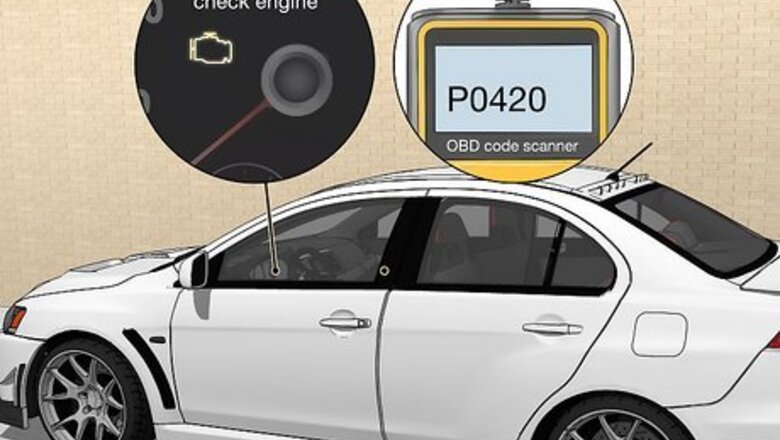
views
Lit check engine light
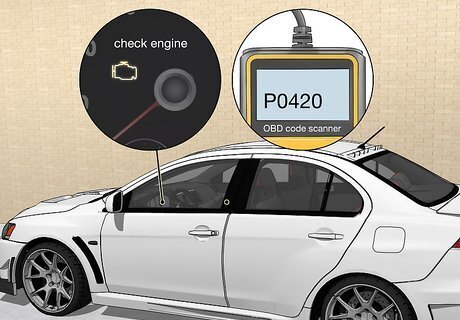
A bad converter triggers sensors that will turn the engine light on. Your vehicle has oxygen sensors that connect to the catalytic converter and monitor the emissions your vehicle produces. If the converter doesn’t filter enough of the emissions, it alerts the sensor and turns on the light so you know something is wrong. Since the check engine light turns on for many different reasons, use an OBD code scanner to scan your vehicle for the problem. Catalytic converter issues usually have an error starting with P0420 or P0430.
Rotten egg smell

A bad odor means sulfur is passing through the converter unfiltered. Exhaust passing through the honeycomb material inside the converter usually changes to an odorless gas called sulfur dioxide. When the converter is old, clogged, or going bad, then you’ll notice the strong sulfur odor any time you drive.
Rattling noises
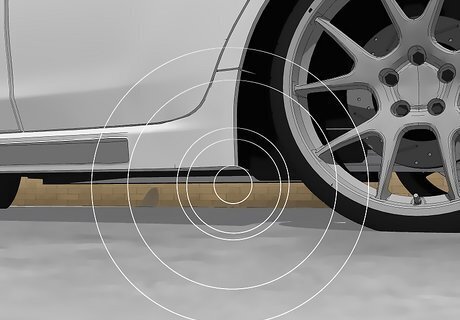
The rattling could be broken material inside the converter. The honeycomb material in the filter starts to wear away as the filter gets older or damaged, so it could break apart inside. Listen for a rattling sound coming from underneath your vehicle while it’s running or when you rev the engine to determine if the converter is the issue. Rattling could also be a sign that parts of your exhaust system are loose and need to be tightened.
Reduced fuel efficiency
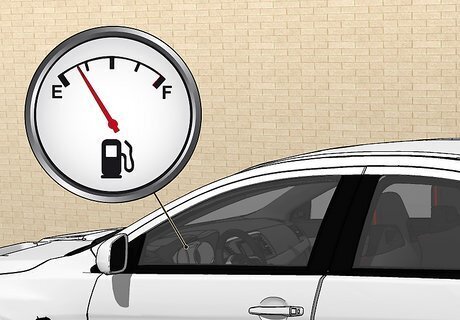
Your engine will overwork and use more fuel with a clogged converter. Broken material inside of a catalytic converter blocks the line to your engine, so fuel suddenly won’t burn as efficiently. Since your engine will try to keep up, it will work harder and eat up your fuel faster than it has in the past. You may notice that you’re filling up more frequently and or aren’t getting the mileage that you’re used to.
Reduced acceleration
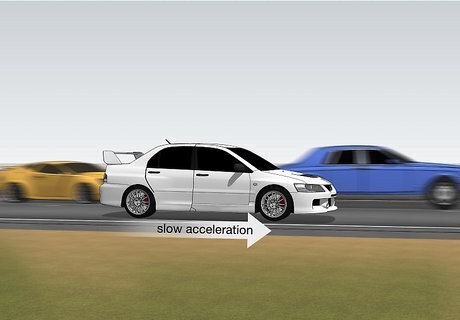
A clogged converter can make your vehicle misfire and accelerate slower. When the material breaks up inside of the converter, it blocks the exhaust and creates backpressure on the engine, causing it to misfire. Since there’s more pressure on your engine, it will work less efficiently and won’t have as much power as usual when you try to speed up. As your catalytic converter gets in worse shape, your engine will lose more and more power.\
Stalling or not starting

Broken material in the converter clogs the exhaust and blocks the engine. If the honeycomb material breaks and causes a clog, the pressure builds up so much that your engine can’t get enough air to function. You may notice it right when you start your vehicle or while you’re driving. Even if stalling doesn’t happen every time you drive, it’s a good sign that you should get the converter checked out. The broken material in your catalytic converter can cause a misfire when it blocks the exhaust, but it may fall out while driving. When it gets jostled back into your exhaust again, then it makes your engine stall.
Blue exhaust smoke
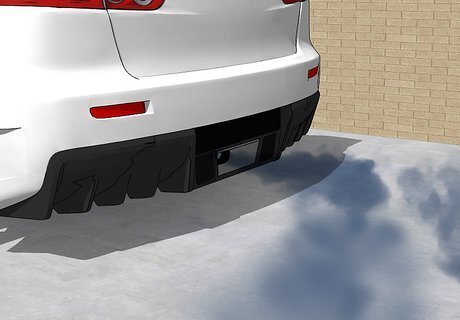
Darker exhaust fumes are a sign your catalytic converter overheats. Normal exhaust usually looks clear or like light smoke. Since the converter usually limits the emissions coming out of your vehicle, thicker or darker smoke alerts you immediately that there’s an issue. Exhaust can also be a sign that there’s a problem with the engine heating up too much, which damages the catalytic converter over time. Changing your oil can help keep the engine running smoothly.
Glowing converter after driving
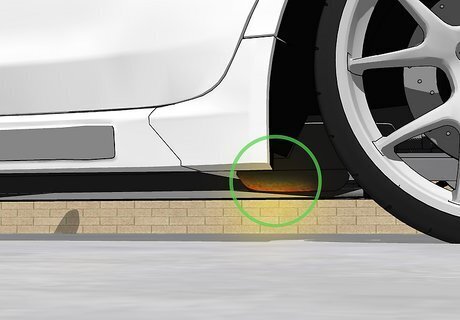
A bad catalytic converter will overheat after the engine runs. Try running your vehicle for 20 minutes and checking underneath your vehicle. If you can get a view underneath your vehicle, a bad catalytic converter will glow red-hot if it’s overheating. It’s normally a sign that the exhaust is getting caught in the converter without running through it properly.
Failed emissions test
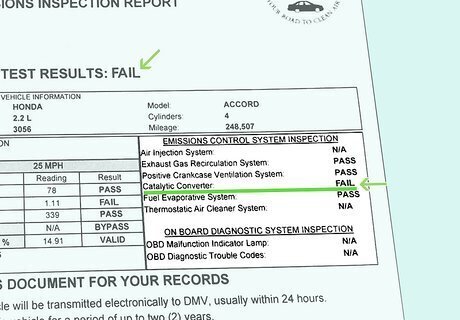
An emissions test lets you know if the converter is ineffective. An emissions test checks how many pollutants your vehicle releases in the air. If your catalytic converter isn’t functioning properly, then the exhaust will pass through and cause you to fail the test. Take your vehicle to a mechanic so they can tell you what needs to be fixed so you can pass the emissions test.


















Comments
0 comment